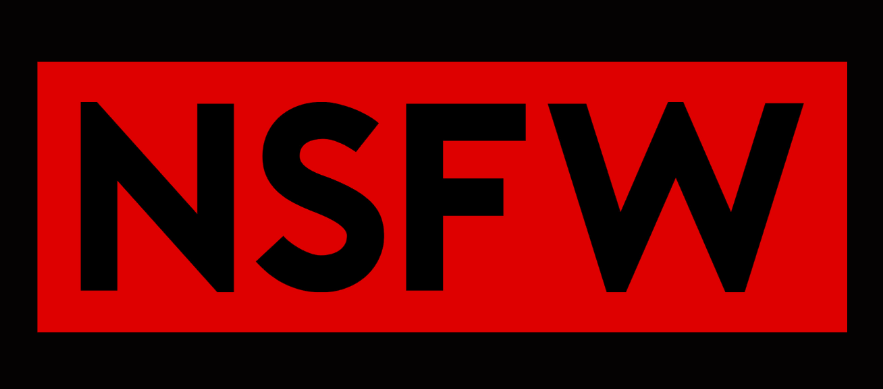Did You Know Pinball Was Illegal In NYC For Over 30 Years?
It's kind of unbelievable to think about it now, but it's true: America went through a period between 1940s and the 1970s when pinball was banned in many of the biggest cities, including New York, Los Angeles and Chicago. A fantastic piece in Popular Mechanics documents pinball prohibition—and it took a true pinball wizard (and a lot of luck) to get it legalized in NYC.
Amazingly, the flipper wasn't invented until 1947, 16 years after coin-operated machines were first popularized, and five years after most cities had banned the game. Without flippers, players would often bump and tilt the machines, which led many to view pinball as wholly lacking any need for skill (and more akin to gambling). Lawmakers, including then NY Mayor Fiorello La Guardia, thought the game was a mafia-run racket stealing money from kids: "Pinball is a racket dominated by interests heavily tainted with criminality" which robbed the "pockets of schoolchildren in the form of nickels and dimes given them as lunch money," La Guardia wrote in a Supreme Court affidavit.
La Guardia had a particular dislike of the machines, and on January 21st, 1942, the mayor signed an order authorizing police to smash any pinball machines they found:
Just weeks after Pearl Harbor was attacked, Mayor Fiorello La Guardia issued an ultimatum to the city's police force stating that their top priority would be to round up pinball machines and arrest their owners. La Guardia proceeded to spearhead massive Prohibition-style raids in which thousands of machines were rounded up in a matter of days, before being dramatically smashed with sledgehammers by the mayor and police commissioner. The machines were then dumped into the city's rivers.
Popular Mechanics pinball guru Seth Porges think La Guardia's obsessive grudge against the game might have been height-related:
The NYC pinball prohibition finally ended in 1976, when the AMOA (Amusement and Music Operators Association) successfully argued that pinball was a game of skill, and no longer a mechanized gambling. Ironically, it took a huge bit of luck for them to win them over: AMOA called in Roger Sharpe, "one of the most idolized people in the pinball community," to testify to the NY City Council and demonstrate the skill needed to win. Using an unfamiliar machine and surrounded by journalists and politicians, Sharpe didn't do much to convince them. Then he made what he has called his "hail mary" move:
So he made a final Hail Mary move that, to this day, he compares to Babe Ruth's famous called shot in center field. He pulled back the plunger to launch a new ball, pointed at the middle lane at the top of the playing field, and boldly stated that, based only on his skill, he would get the ball to land through that middle lane. He let go of the plunger and it did what he said. Almost on the spot, the City Council voted to overturn the ban.
Without the efforts of Sharpe, who knows if we'd ever have gotten Brooklynites creating precocious stop-motion human pinball videos!



